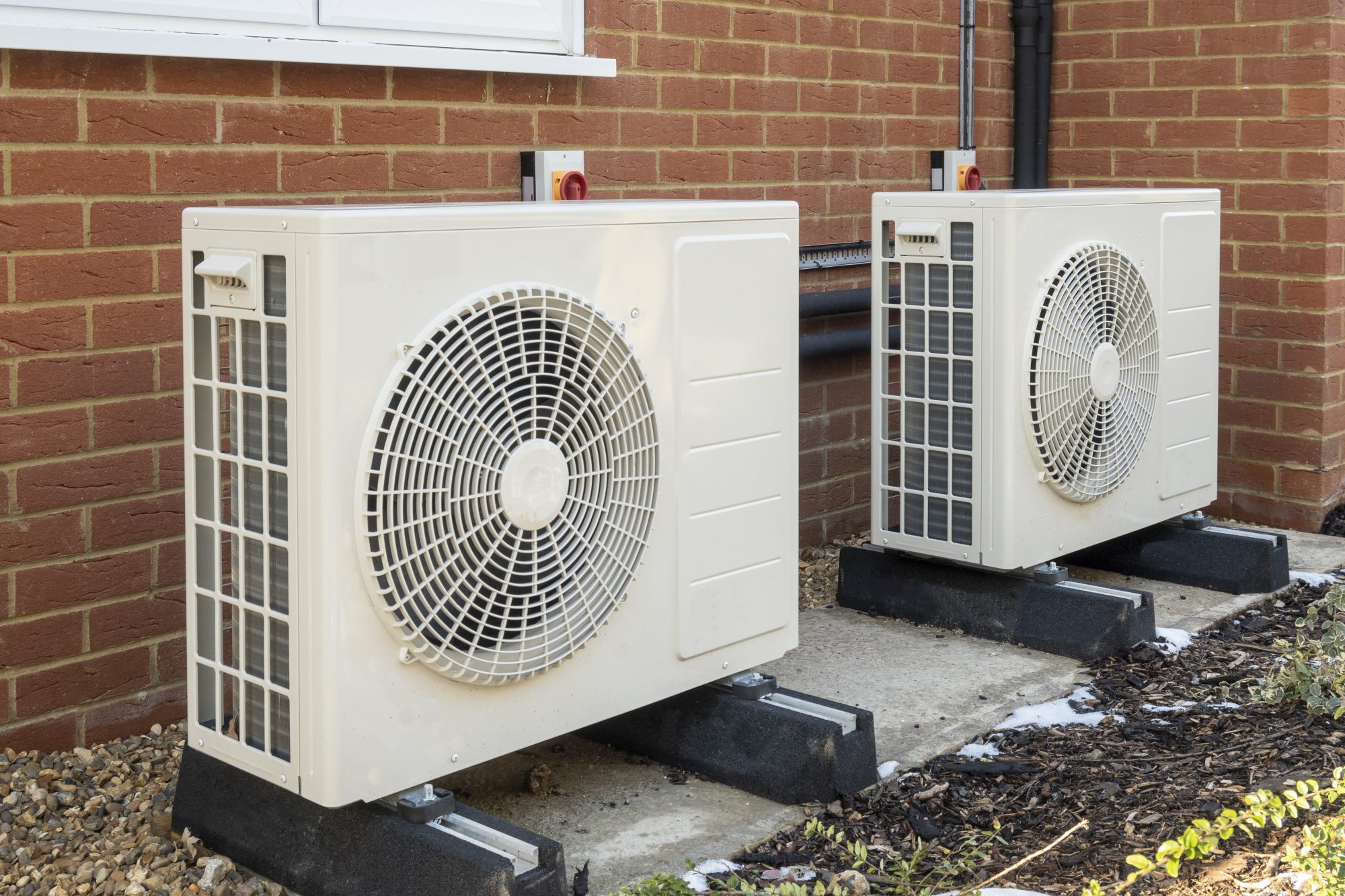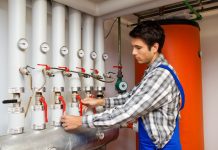To win the net-zero race, we must cut energy needs and make energy sources renewable, argues Professor Phil Hart, Director of Energy and Power at Cranfield University
We live in a world where green energy technologies are a workable reality. However, we have legacy infrastructures for heat both in homes and industry that are hardwired for fossil fuels.
We’re now experiencing what a challenge this is for governments: how do we make the transition en masse to sustainable models without major pain from the costs of change? The situation has been further highlighted by current fossil fuel prices, and the reliance on some uncomfortable geopolitical relationships.
“Hydrogen boilers are not yet practical because of problems with producing enough hydrogen at the right cost to meet the volume of domestic demand.”
Gas emits only around half the CO2 of coal and oil, making it a useful lower carbon transition fuel while we build capacity to meet the longer-term goal of renewables-based electrification. The transition period could last decades as we build enough renewables to provide for our needs, so there needs to be an increased urgency (and consistency) to build out local and national renewable energy systems.
In domestic heating in the UK, the picture is dominated by natural gas (estimated to supply around 87% of homes). The Government has begun the process of change with legislation that means from 2025 new homes won’t be built with fossil fuel boilers.
Hydrogen boilers are not yet practical because of problems with producing enough hydrogen at the right cost to meet the volume of domestic demand. There are also issues with storage and the distribution networks needed to pipe hydrogen to homes. And, however unjustified they might be, public concerns about the safety of hydrogen could be a real challenge.

A look at heat pumps to cut energy needs
Heat pumps have many advantages, especially their efficiency and zero emissions at the point of use. The Government recognised this in its Energy Security Strategy and the announcement of the Heat Pump Investment Accelerator Competition: a £30 million incentive for British manufacturers to develop products and increase their viability. This should accelerate take-up, and with other drivers and policies over the next 10 to 20 years they ought to become a default solution. Ultimately though, the sustainability credentials of heat pumps depend on the electricity supply. If the electricity used comes from renewable energy sources, that would be a genuinely sustainable cycle. The danger is that, due to limitations in renewable capacity, electricity is supplied from a fossil fuel plant – not great and not green!
Heat pumps provide a moderate level of constant heat, designed to maintain an ambient temperature rather than providing instant bursts, and that makes the issue of home insulation critical. This was something sadly missing from the Energy Security Strategy. Householders need to be told what difference insulation could make to their lives and wallets and supported to fix the situation. Improving insulation and energy efficiency generally seems to have dwindled in importance on the agenda, and that must change. We need to push down both avenues — making energy sources renewable and cutting energy needs — if we are to win the net-zero 2050 race. Doing one while ignoring the other doesn’t make any sense.
“Heat pumps have many advantages, especially their efficiency and zero emissions at the point of use. The Government recognised this in its Energy Security Strategy and the announcement of the Heat Pump Investment Accelerator Competition: a £30 million incentive for British manufacturers to develop products and increase their viability. This should accelerate take- up, and with other drivers and policies over the next 10 to 20 years they ought to become a default solution.”
Excellent insulation is essential for both making heat pumps a universal heating option and helping to reduce the overall energy demand. If we can connect the dots between installing heat pumps and the installation of solar panels (and perhaps thermal solar panels), we can move much closer to self-sufficient heating systems and truly sustainable domestic heating.
Industries, and especially those that depend on high temperatures for basic processes (like steelmaking, concrete, and chemicals production), face tougher challenges. A technology like heat pumps can’t deliver the required performance and fossil fuels are more difficult to replace. We need a drop-in replacement with the same flexibility and performance characteristics, and in this case, hydrogen makes more sense.
Hydrogen & renewable energy capacity
The hydrogen supply chain is a source of much debate, but it is likely that hydrogen will depend on a different kind of distribution system than what we have been used to. A large centre for production and a web of smaller and smaller distribution pipework like we have with natural gas is not necessarily the best solution. We could see lots of smaller, localised producers, based at individual factories, or as part of clusters of operations sharing a facility. Logistics centres may become the new hydrogen fuelling centres of the future, but with the fuel (hydrogen) being produced on-site from fresh water (green H2) or natural gas (blue H2).
Fundamentally, the UK needs more renewable energy capacity and the support of wind energy in the Strategy is a good option for the UK. But a focus on the individual elements to the exclusion of others doesn’t fix the problem. We must think ‘system’: ensuring there’s a coherent and joined-up picture combining reduction in energy use and electrification.
Government strategy is critical for setting out the full opportunity landscape for businesses, and then proactively supporting and incentivising the best kind of holistic ‘systems-wide’ package of solutions for the long term.
Contributor Details
Editor's Recommended Articles
-
Must Read >> How technology is making district heating a reality
-
Must Read >> Decarbonising the UK’s heat infrastructure













